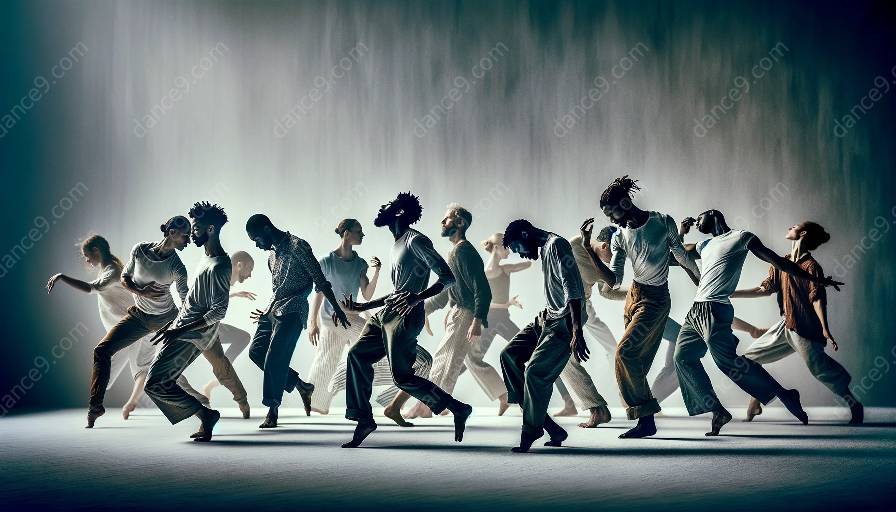Embodied dance performance encompasses the physical, emotional, and intellectual engagement of the dancer with the choreography, music, and space. It is a form of artistic expression that often transcends language and culture, allowing individuals to communicate and connect with others through movement.
Meanwhile, disability studies focuses on understanding the experiences, perspectives, and challenges of individuals with disabilities, as well as advocating for inclusive practices that empower and support their participation in various aspects of life, including the arts.
Examining the intersections of disability studies and embodied dance performance reveals the potential for transformative and empowering experiences for both dancers and audiences. By embracing and celebrating diverse bodies and abilities, dance becomes a platform for social change, challenging conventional norms and perceptions of physicality, beauty, and movement.
The Impact on Dance Theory and Criticism
When considering the impact of disability studies on dance theory and criticism, it becomes evident that inclusive representation and diverse perspectives shape the discourse and understanding of dance as an art form. Embracing disabled bodies and experiences within dance enriches the field and prompts critical reflection on traditional notions of virtuosity, aesthetics, and performance.
Through the lens of disability studies, dance theory and criticism expand to acknowledge the value of embodied knowledge and the inherent diversity of human movement. This inclusive approach not only broadens the scope of dance scholarship but also challenges existing power dynamics within the dance world, promoting equity and representation for all practitioners and spectators.
Inclusivity and Diversity in Dance
The intersection of disability studies and embodied dance performance underscores the importance of inclusivity and diversity in dance. It highlights the need for accessible venues, training programs, and choreographic practices that accommodate a wide range of physical abilities and challenges the prevailing standards of dance aesthetics.
Moreover, the integration of disability studies within the realm of dance fosters a more nuanced and empathetic understanding of human embodiment, urging dancers and choreographers to consider the expressive potential of diverse bodies and movements. This reimagining of dance as an inclusive and accessible art form aligns with the principles of social justice and equity, challenging the boundaries of traditional dance practices and encouraging a more inclusive environment for all participants.
Conclusion
The intersections of disability studies and embodied dance performance offer a profound opportunity to redefine the boundaries of dance, challenging conventional norms and fostering inclusive and diverse representation. By embracing a more expansive understanding of embodiment and movement, the dance field can promote social change, empower diverse voices, and enrich the experience of both dancers and audiences.

















